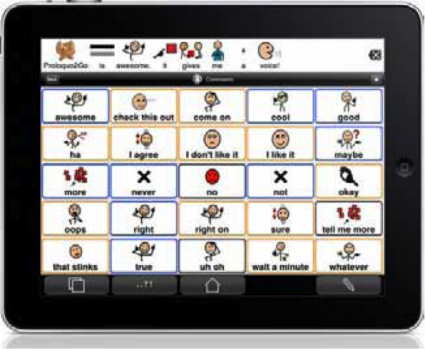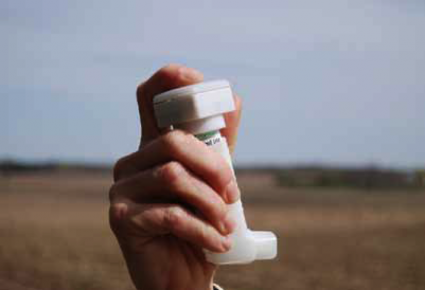Future Now
The IFTF Blog
The Magic of KidsTech: A Matrix of Well-Being
My friends and I like to joke about how parents survived in the “olden days”--that is, the pre-I-Phone and pre-i-Pad era of childrearing. “How did parents potty train their toddlers before the PBS app on the i-Pad existed?” one might jokingly ask, or “How did parents go to a restaurant with a baby before Elmo was on the iPhone? “
Of course, in those same conversations, parents are quick to clarify that they use these tools only for educational purposes, and that they monitor the content and limit the time their children are using them. But, inevitably, some honest, or dare I say proud parent, will share an anecdote about their toddler breaking a record on Angry Birds, or their baby independently navigating the iPhone interface to watch videos of herself.
But, beyond serving as effective tools for bribing toddlers and distracting infants, how are kids and their parents using new technologies to enhance their health? Looking out over the next decade, and assuming that more and more families will own tablets and smartphones, what are we to make of the potential risks and benefits the new technologies may have on our children’s individual and collective health and well-being? How will we measure the positive health effects and account for the adverse health outcomes that result from extended use of smart mobile devices?
In The Magic of KidsTech, we forecast several key directions for children’s preventive and therapeutic care:
- Unlocking new voices: Smart, mobile technologies, originally intended for work, entertainment and connecting, will be appropriated by more clinicians, parents and children for therapeutic purposes. Non-clinical mobile devices and applications, facial recognition and gestural and touchscreen interfaces will continue to help families and caretakers discover more about non-verbal children’s needs, insights, and intellect. By transforming consumer devices into therapeutic tools, the voices and emotions children with Autism and other neurological conditions will be unlocked.
The debate about the health effects of “screen time” is only heating up, including a recent report from the UK proposes banning children under 3 from watching television.
Understanding the health benefits and costs of screen time, and to differentiate kinds and amounts of screen time, will be a critical factor in shaping child social policy and personal health regimes for children.
Download the full Magic of KidsTech report here.
- Segmenting screen time: Decades of research have shown that watching television for hours is detrimental to children’s physical health and emotional well-being, but do those findings apply to hours spent playing interactive video games? What if the game is Dance Dance Revolution or Wii Boxing? Over the next decade, a more precise segmentation of media use and devices, coupled with a more high-resolution understanding of the biological and neurological functioning of individual children, will help decipher the impact that screen time— sedentary and active—has on different children.
- Health risks become visible: To help manage outbreaks and sick days associated with an increasing incidence of skin and food allergies in children, a wave of new sensor technologies will enable parents, researchers, and public health officials to perceive the often invisible risks that surround children. More asthma inhalers will be equipped with sensors that track when and where the inhalers are used, and more children will have wearable sensors that will be able to track biological processes and even human emotions. The constant tracking of children’s bodies and environments may uncover surprising links between social, built, and natural settings and a child’s emotional well-being.






